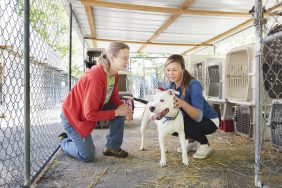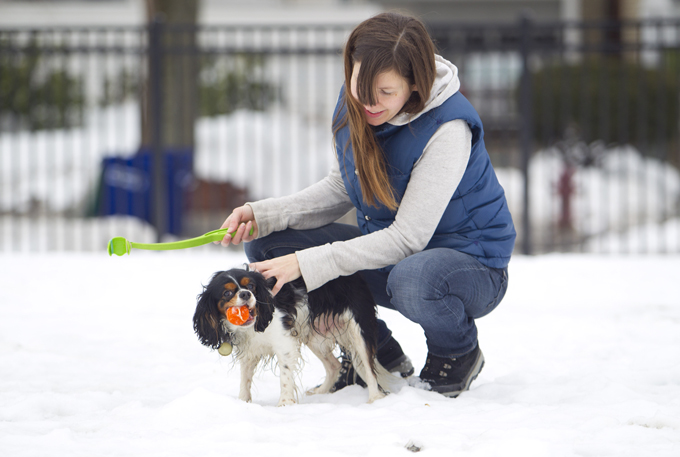Veterinarians are fixing broken hearts. Just ask Daisy’s owner. Almost three years ago, the once-spry King Charles Cavalier Spaniel began slowing down. Her owner’s went through all the normal excuses: she was getting older; it was her joints; it was too hot, cold or humid. The cover-ups continued until Daisy’s owners realized their precious pooch was struggling to catch her breath on slow walks around…

Adopting a dog is one of the most exciting experiences an animal lover can have. Falling in love with a…



